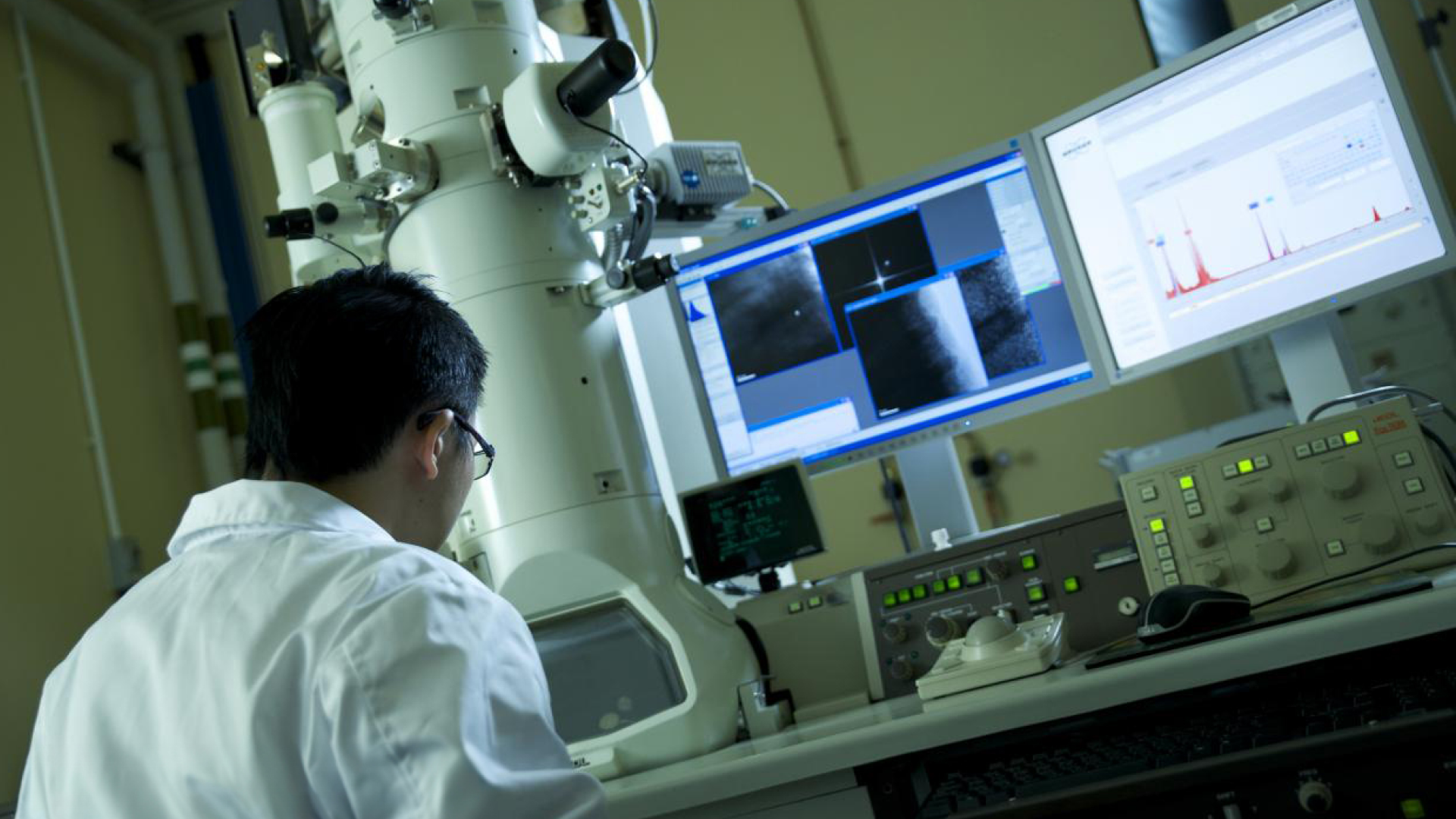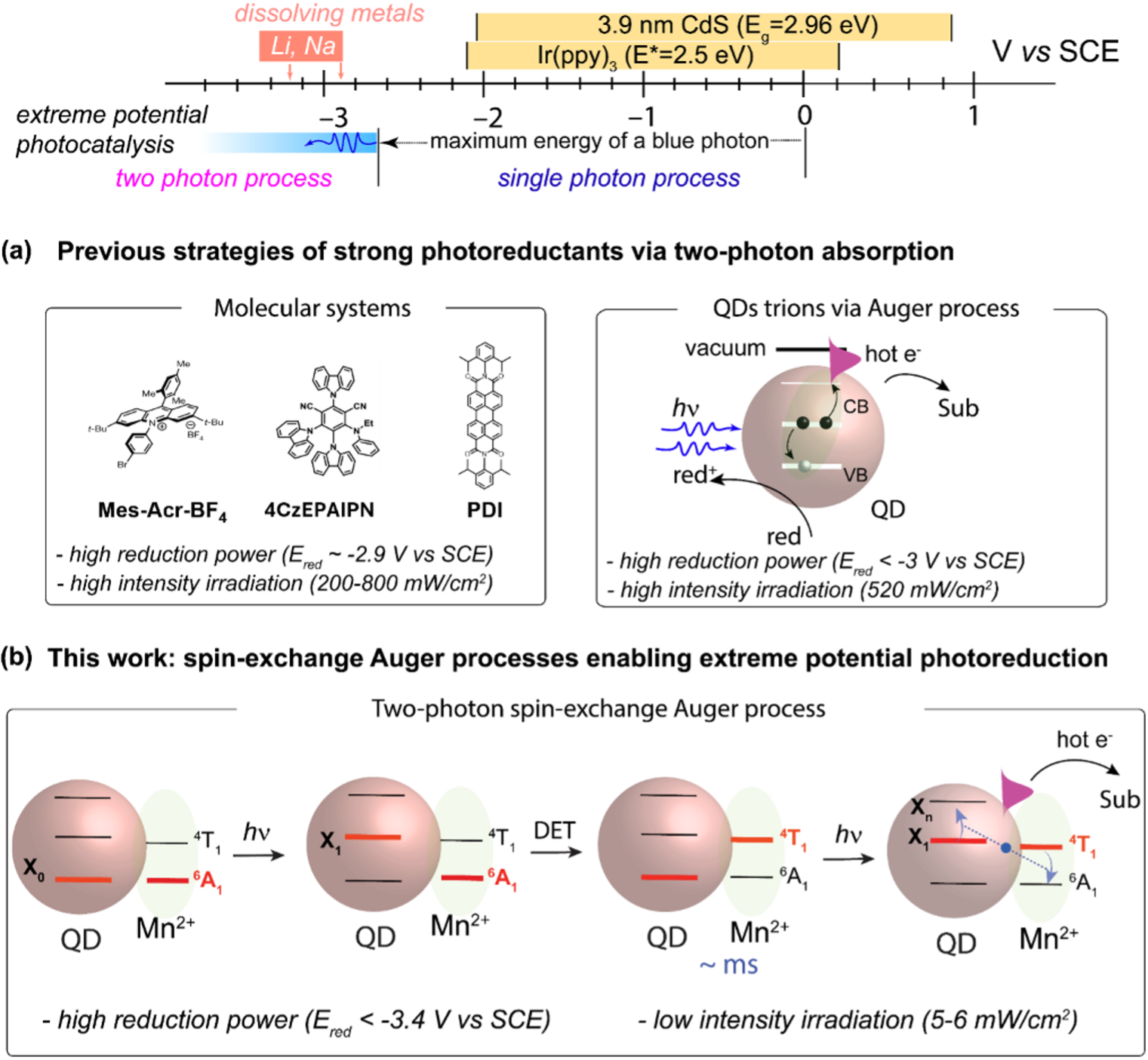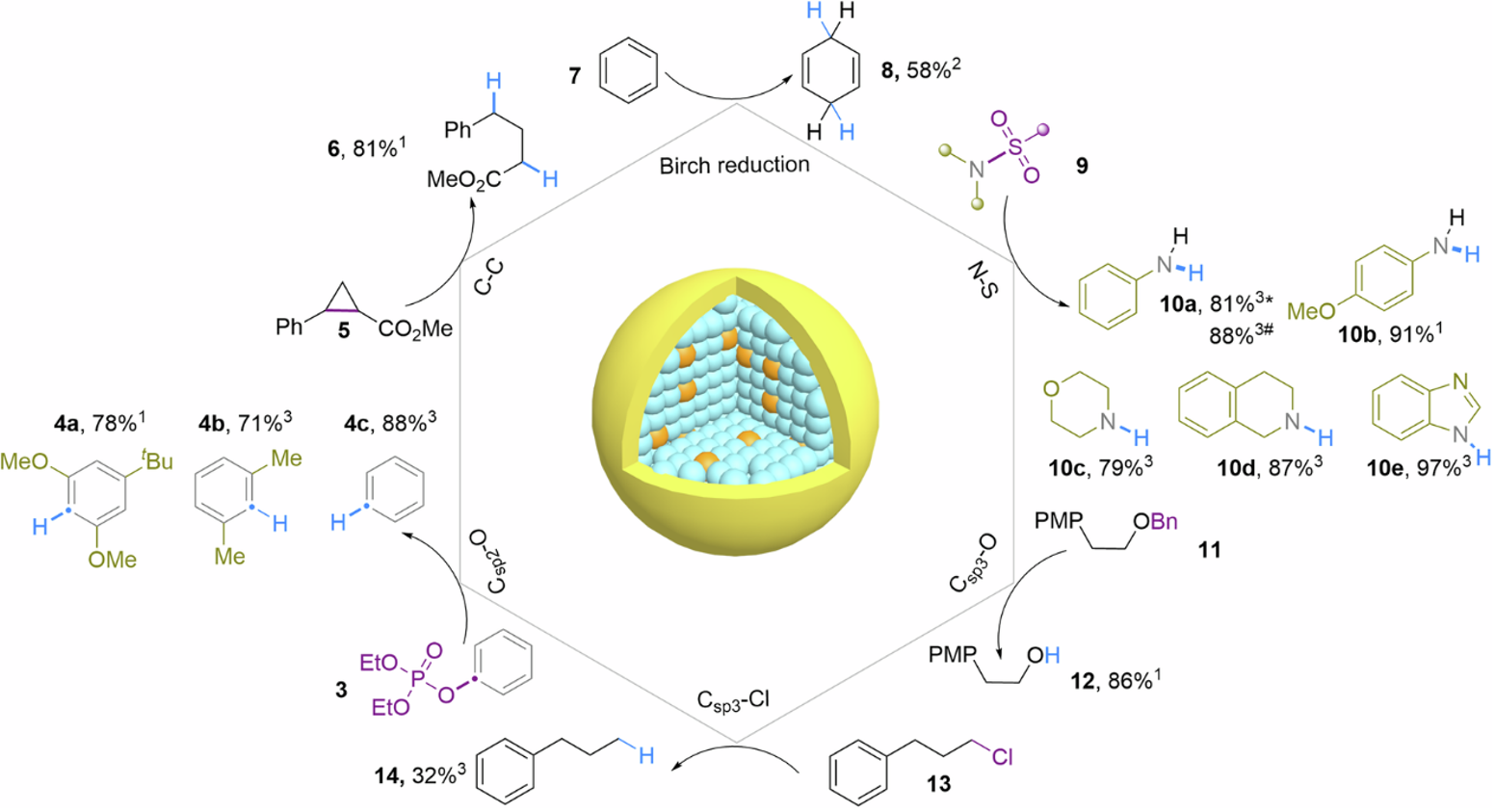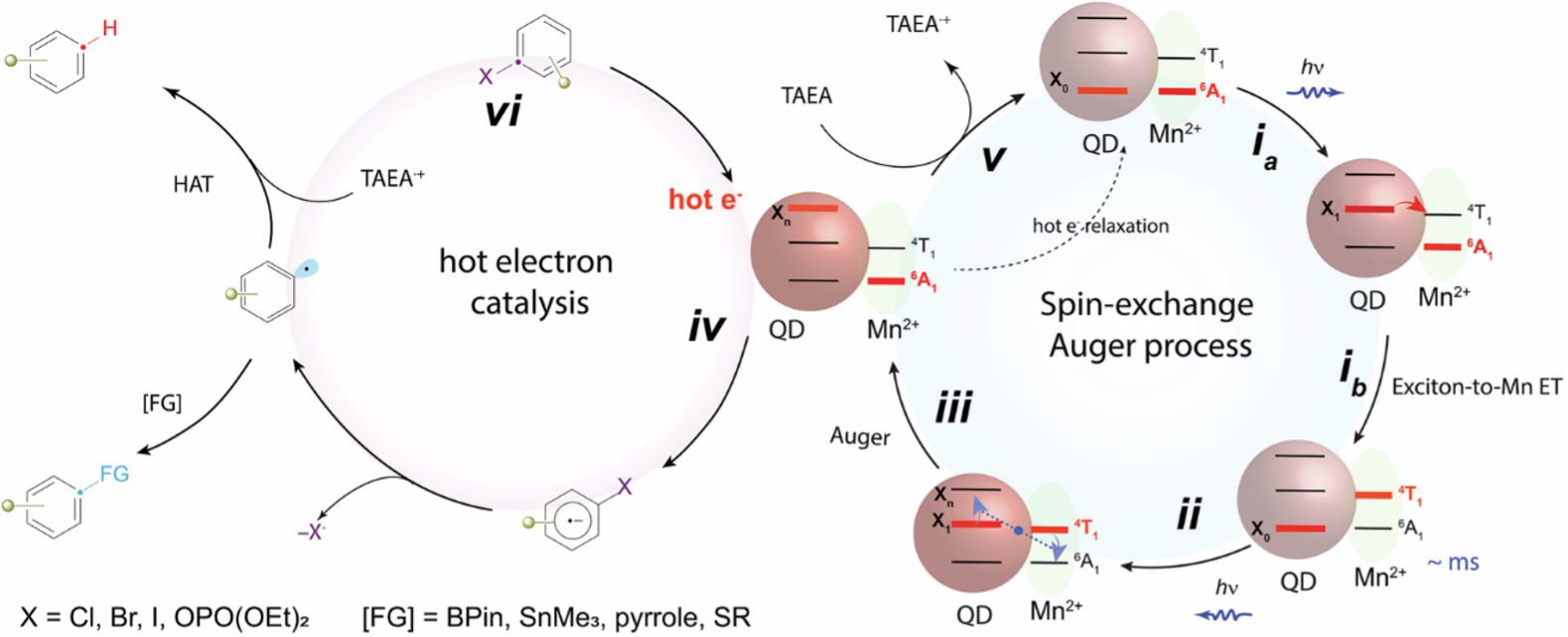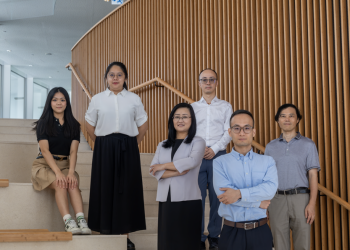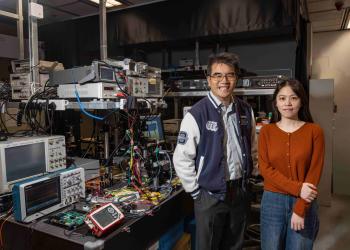HKUST Chemists Discover a “Super” Photoreductant to Leap Forward in Photocatalysis
Chemists at the School of Science of the Hong Kong University of Science and Technology (HKUST) have recently made a significant breakthrough in photocatalysis by unveiling a “super” photoreductant, marking a major advancement in organic synthesis.
Quantum dots (QDs) hold great promise as photocatalysts for promoting photoredox chemistry, however, their application in photocatalytic organic transformations has lagged behind that of small molecule photosensitizers due to the limited understanding of their photophysics. While various studies have explored the generation of hot electrons from QDs as a strategy to enhance photoreduction efficiencies, achieving effective hot-electron generation under mild conditions has posed a significant challenge.
To tackle this challenge, a research team led by Prof. LU Haipeng from the Department of Chemistry at HKUST has developed an innovative photocatalytic system that utilizes visible-light-absorbing QDs. The team introduced an efficient hot-electron generation mechanism facilitated by the two-photon spin-exchange Auger process in Mn²⁺-doped CdS/ZnS QDs.
The hot electrons generated by this mechanism demonstrate remarkable potential for a variety of organic reactions, including the Birch reduction and the reductive cleavage of C-Cl, C-Br, C-I, C-O, C-C, and N-S bonds. Notably, the reactions can accommodate substrate reduction potentials as low as −3.4 V (Vs. SCE). Most impressively, the team achieved these results using just 1% of the light energy required by conventional photocatalytic systems. This dramatic efficiency improvement comes from their innovative two-photon excitation strategy, which creates an exceptionally potent photoreductant.
Furthermore, the research team enables the on/off generation of hot electrons by modulating the intensity of light output, facilitating programmable assembly-point cross-coupling cascades.
Prof. Lu remarked, “The study underscores the unprecedented potential of quantum-confined semiconductors to facilitate challenging organic transformations that were previously unattainable with conventional molecular photocatalysts.”
The findings of the study were recently in Nature Communications.





